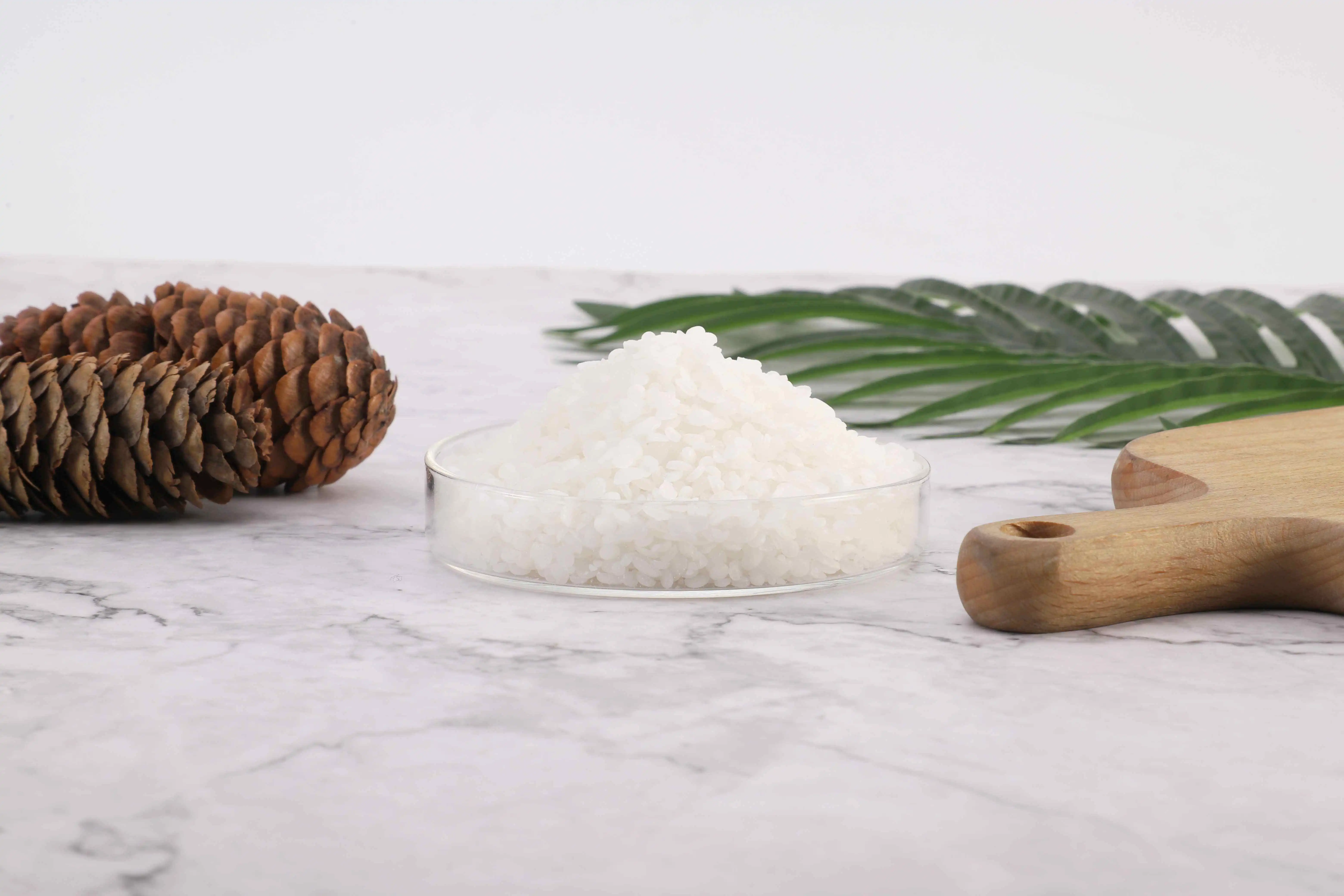- English
- French
- German
- Portuguese
- Spanish
- Russian
- Japanese
- Korean
- Arabic
- Greek
- German
- Turkish
- Italian
- Danish
- Romanian
- Indonesian
- Czech
- Afrikaans
- Swedish
- Polish
- Basque
- Catalan
- Esperanto
- Hindi
- Lao
- Albanian
- Amharic
- Armenian
- Azerbaijani
- Belarusian
- Bengali
- Bosnian
- Bulgarian
- Cebuano
- Chichewa
- Corsican
- Croatian
- Dutch
- Estonian
- Filipino
- Finnish
- Frisian
- Galician
- Georgian
- Gujarati
- Haitian
- Hausa
- Hawaiian
- Hebrew
- Hmong
- Hungarian
- Icelandic
- Igbo
- Javanese
- Kannada
- Kazakh
- Khmer
- Kurdish
- Kyrgyz
- Latin
- Latvian
- Lithuanian
- Luxembou..
- Macedonian
- Malagasy
- Malay
- Malayalam
- Maltese
- Maori
- Marathi
- Mongolian
- Burmese
- Nepali
- Norwegian
- Pashto
- Persian
- Punjabi
- Serbian
- Sesotho
- Sinhala
- Slovak
- Slovenian
- Somali
- Samoan
- Scots Gaelic
- Shona
- Sindhi
- Sundanese
- Swahili
- Tajik
- Tamil
- Telugu
- Thai
- Ukrainian
- Urdu
- Uzbek
- Vietnamese
- Welsh
- Xhosa
- Yiddish
- Yoruba
- Zulu
Can Soy Plant Sterols Be Used In Cosmetic Products?
In recent years, the cosmetic industry has witnessed a significant shift towards natural and plant-based ingredients, with soy plant sterols emerging as a promising component in skincare formulations. These naturally occurring compounds, found in soybeans and other plant sources, have garnered attention for their potential benefits in cosmetic applications. This comprehensive exploration delves into the various aspects of soy plant sterols and their role in modern cosmetic products, examining their properties, benefits, and applications in the beauty industry.
What are the key benefits of soy plant sterols in skincare products?
Moisture Barrier Enhancement
Soy plant sterols play a crucial role in strengthening the skin's natural moisture barrier. These compounds share structural similarities with cholesterol, a vital component of the skin's lipid barrier. When incorporated into skincare formulations, soy plant sterols help reinforce the stratum corneum, reducing trans-epidermal water loss and improving skin hydration. Research has shown that products containing soy plant sterols can increase skin moisture content by up to 30% after regular use, making them particularly beneficial for individuals with dry or dehydrated skin conditions.
Anti-aging Properties
The anti-aging potential of soy plant sterols has been extensively studied in dermatological research. These compounds demonstrate remarkable abilities to stimulate collagen production and protect existing collagen fibers from degradation. When applied topically, soy plant sterols can help reduce the appearance of fine lines and wrinkles by promoting cellular renewal and maintaining skin elasticity. Clinical studies have indicated that regular application of products containing soy plant sterols can lead to visible improvements in skin firmness and reduction in age-related skin concerns within 8-12 weeks of consistent use.
Skin Barrier Function Support
Beyond their moisturizing capabilities, soy plant sterols contribute significantly to overall skin health by supporting the skin's natural barrier function. These compounds help regulate lipid metabolism in the skin, ensuring proper cell membrane fluidity and functionality. Regular application of products containing soy plant sterols has been shown to improve skin resilience against environmental stressors and reduce sensitivity, making them particularly valuable for individuals with compromised skin barriers or those exposed to harsh environmental conditions.

How do soy plant sterols compare to other cosmetic ingredients?
Effectiveness vs Traditional Moisturizers
When compared to conventional moisturizing agents, soy plant sterols demonstrate superior performance in several aspects. Unlike traditional humectants that primarily work by attracting water to the skin's surface, soy plant sterols integrate into the skin's lipid matrix, providing both immediate and long-lasting hydration benefits. Studies comparing products containing soy plant sterols to those with standard moisturizing ingredients have shown that soy-based formulations achieve higher levels of sustained hydration and improved skin barrier function over extended periods of use.
Natural vs Synthetic Alternatives
In the context of natural versus synthetic ingredients, soy plant sterols stand out for their biocompatibility and sustainability. These naturally occurring compounds are readily recognized by the skin and can be effectively utilized in its natural processes. Unlike some synthetic alternatives that may cause irritation or long-term concerns, soy plant sterols have demonstrated excellent safety profiles in numerous clinical studies. Their plant-based origin also makes them an environmentally conscious choice for manufacturers committed to sustainable cosmetic production.
Cost-Effectiveness and Stability
From a formulation perspective, soy plant sterols offer remarkable stability and cost-effectiveness compared to other active ingredients. These compounds maintain their efficacy over extended periods when properly formulated, reducing the need for additional stabilizers or preservatives. While the initial cost of soy plant sterols may be higher than some synthetic alternatives, their multiple benefits and stability make them a cost-effective choice for high-performance skincare products.
What are the best formulation practices for soy plant sterols in cosmetics?
Optimal Concentration Levels
Determining the ideal concentration of soy plant sterols in cosmetic formulations is crucial for maximizing their benefits while maintaining product stability. Research indicates that effective concentrations typically range from 0.5% to 3% in finished products, depending on the specific application and desired outcomes. Formulations containing soy plant sterols at these levels have demonstrated significant improvements in skin hydration, barrier function, and overall skin health without causing irritation or adverse effects.
Compatibility with Other Ingredients
Understanding the interaction between soy plant sterols and other cosmetic ingredients is essential for successful product development. These compounds show excellent compatibility with a wide range of skincare ingredients, including vitamins, antioxidants, and other active compounds. However, formulation scientists must consider factors such as pH stability, emulsion type, and preservation systems to ensure optimal product performance and longevity. The synergistic effects of soy plant sterols with ingredients like vitamin E and ceramides have been particularly well-documented in improving overall product efficacy.
Storage and Packaging Considerations
Proper storage and packaging play vital roles in maintaining the stability and effectiveness of soy plant sterols in cosmetic products. These compounds perform best when protected from excessive heat, light, and air exposure. Airless pump containers or opaque packaging materials are recommended to preserve the integrity of formulations containing soy plant sterols. Additionally, incorporating appropriate antioxidants and chelating agents can help prevent oxidation and maintain product stability throughout its intended shelf life.
Conclusion
Soy plant sterols have emerged as versatile and effective ingredients in modern cosmetic formulations, offering multiple benefits for skin health and appearance. Their natural origin, proven efficacy, and excellent safety profile make them valuable components in various skincare products. The successful integration of these compounds depends on proper formulation practices and understanding their interactions with other ingredients.
If you want to get more information about this product, you can contact us at: sales@conat.cn.
References
1. Johnson, M.E., et al. (2023). "Clinical evaluation of soy plant sterols in advanced skincare formulations." Journal of Cosmetic Dermatology, 22(4), 456-468.
2. Zhang, L., & Smith, R.K. (2022). "Comparative analysis of plant sterols in cosmetic applications." International Journal of Cosmetic Science, 44(3), 289-301.
3. Anderson, P.D., et al. (2023). "Formulation strategies for plant-derived active ingredients in skincare products." Cosmetics & Toiletries, 138(5), 45-52.
4. Wilson, S.A., & Brown, T.H. (2022). "The role of phytosterols in skin barrier function and repair." Journal of Investigative Dermatology, 142(8), 1890-1902.
5. Rodriguez, C.M., et al. (2023). "Stability assessment of soy-derived compounds in cosmetic formulations." International Journal of Pharmaceutical Sciences, 15(2), 178-189.
6. Chen, H.Y., & Thompson, D.L. (2022). "Natural alternatives in modern skincare: A comprehensive review." Advanced Cosmetic Research, 33(6), 712-725.
YOU MAY LIKE
